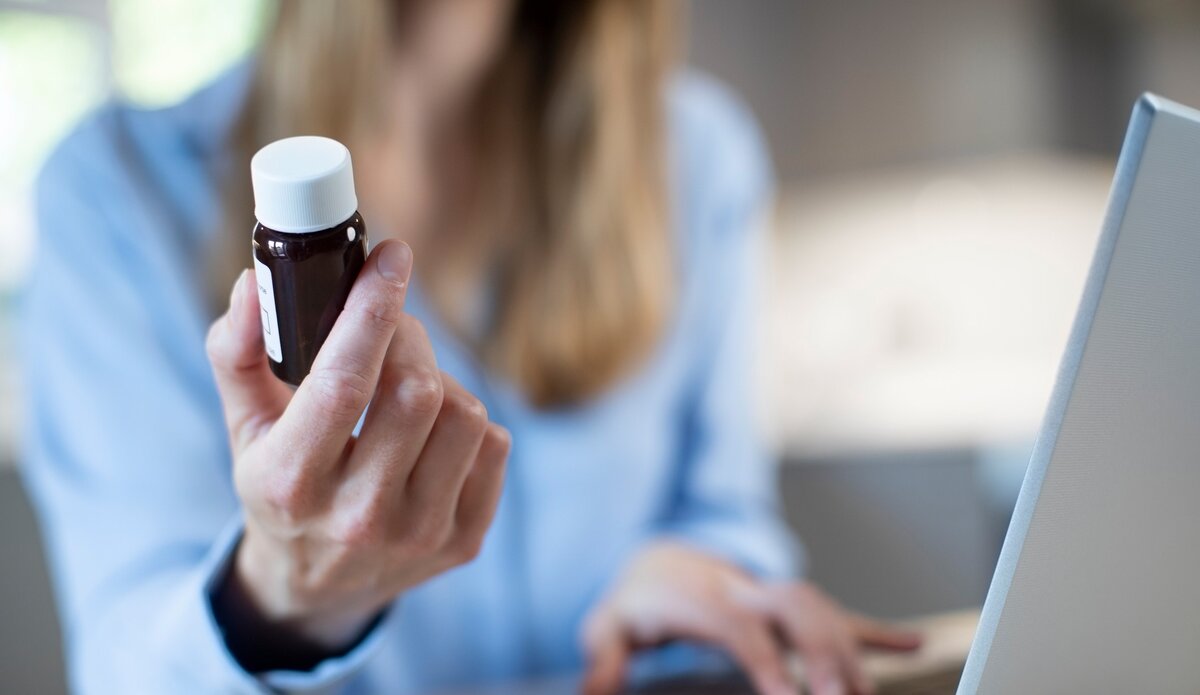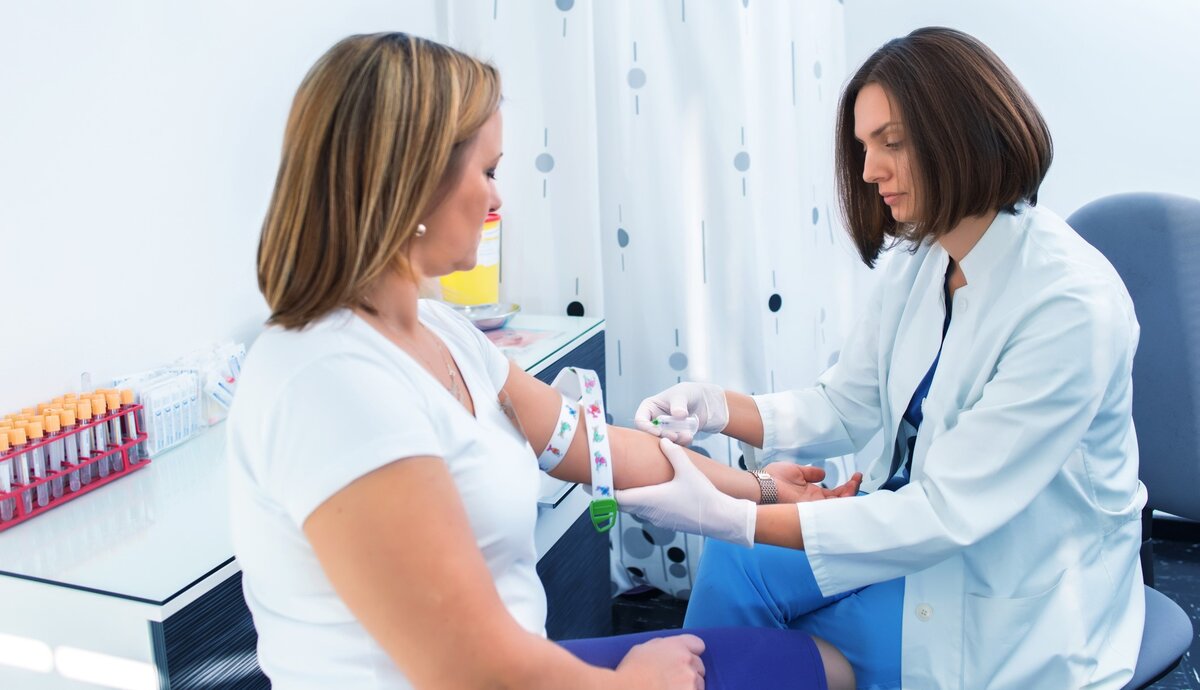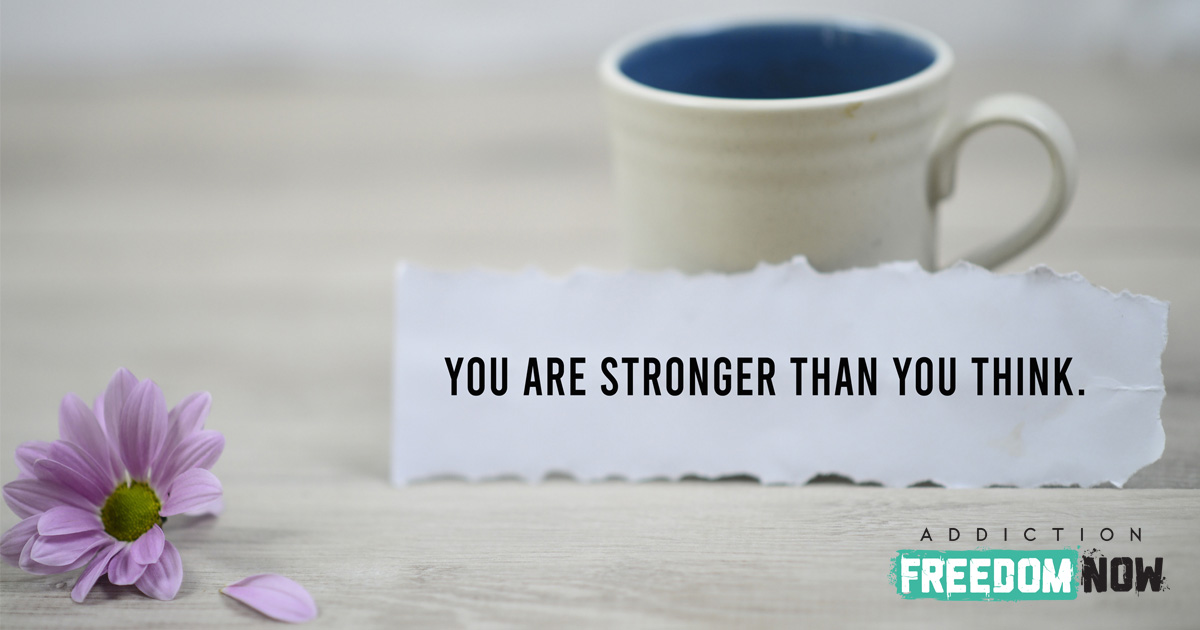It’s a big step just to decide that you’re ready to pursue recovery from substance addiction. Whether you’re currently in recovery from opioid addiction or any other form of substance dependence, you may not know where to begin. After all, there’s a wide variety of different treatments — without an understanding of your options, it can be difficult to determine what’s best for you and your recovery journey.
Medication-assisted treatment and drug replacement therapy are popular forms of substance dependency treatment, particularly when it comes to treating opioid dependence. However, what do these processes entail, and how are they different from one another? How are they related?
What Is Drug Replacement Therapy?
Drug replacement therapy is used in the treatment of opioid addiction. Sadly, in the United States, the rates of opioid dependency have reached epidemic levels — this is according to the Center for Disease Control and Prevention (CDC).
Opiates are a particular class of painkillers and are derived from opium. For instance, both heroin and morphine would be considered opioids. On the other hand, opioids can be either synthetic or semi-synthetic, and include drugs such as Oxycontin, Percocet, Vicodin, and oxycodone.
Due to this increased need for recovery treatments, you aren’t going to find yourself without options. In the field of opioid addiction recovery, doctors continue working to help individuals currently experiencing a dependency, guiding them down the path to recovery. It’s entirely possible for those with opioid dependence to reach sobriety, particularly if you take full advantage of the current resources available to you.
Drug replacement therapy is a popular method of treating opiate and opioid addiction. This particular treatment has been endorsed by the United Nations Office on Drugs and Crime, as well as the World Health Organization. But what does this process entail, exactly?
During drug replacement therapy, an individual is instructed to replace an opiate or opioid with a substitute, typically one that is less intoxicating and euphoric, but longer lasting. The intent behind this treatment is to help the individual reach a physical condition where they’ll be able to succeed in counseling and rehabilitation.
Sometimes, completely taking away the drug that someone is dependent upon isn’t the best option, right off the bat. Instead, it often makes more sense (and is more productive, in the long run) to supply that individual with safer, smaller doses of a similar drug, all under the supervision of a medical professional. If the treatment is successful, the individual in recovery should begin to experience fewer cravings and mood swings. Once this occurs, they’ll be better equipped to remain on the path toward long-term recovery and sobriety.
Medication-Assisted Treatment vs. Drug Replacement Therapy

Simply put, drug replacement therapy is a form of medication-assisted treatment. The terms are not synonymous, but they are closely related to one another.
Medication-assisted treatment (MAT) describes any FDA-approved medication regime used in the treatment of substance addiction, alongside therapy and counseling. Although MAT is primarily used in the treatment of opioid or opiate addiction, it has also been approved to treat alcohol use disorder.
Conditions such as stimulant or benzodiazepine dependence don’t currently have an approved medication to aid directly in treatment. However, other medications (such as antidepressants) can be used to treat any co-occurring conditions. This way, the overall process of recovery becomes much more manageable.
Importantly, MAT can be approached in a number of different ways, depending on the needs of the recovering individual. Among the most popular methods are:
- Medications can be administered to block the pleasurable effects of the substance someone is dependent upon. For instance, medications such as naltrexone can be injected on a monthly basis. Naltrexone is a known opioid antagonist that binds to opioid receptors in the brain even more strongly than common opioid drugs do. Still, unlike opioid drugs, naltrexone doesn’t result in a sense of euphoria or other opioid-related effects.
- Drug replacement therapy, often in the form of methadone and buprenorphine medication regimes. These medications can induce a very weak high, helping to prevent cravings and the likelihood of relapse.
How Does Substitution Therapy Work?
Most commonly during substitution therapy or opioid replacement therapy, the individual will be put on a regime of either methadone or buprenorphine.
Methadone is the most common option, both in the United States and across the globe. It’s been around for a long time, having been developed in the 1930s by German doctors. Since 1947, methadone has been approved for use in the United States. It is a synthetic substance and can be addictive, if it’s not administered correctly by a professional.
In order to receive methadone treatments, it’s necessary for individuals to stop by a federally regulated clinic on a daily basis. Once it’s been administered, a dose of methadone typically lasts between 24 and 36 hours, before it will need to be re-administered.
Methadone is an opioid agonist. This means that it will bind to the brain’s opioid receptors, activating them. By activating these receptors, withdrawal symptoms will be prevented, and drug cravings will become far less likely to occur.
Depending on the preferences of the patient, methadone can be used for maintenance, or it can be administered in gradually decreasing doses. The latter scenario will allow opioid-dependent individuals to wean off of the drug they’re dependent upon.
Buprenorphine is another form of substitution therapy. It’s a newer option, having been approved by the FDA in 2003. (However, buprenorphine has been available in the U.S. since 1985.) An advantage of buprenorphine is that, unlike methadone, it doesn’t require daily visits to a regulated clinic. Physicians can prescribe buprenorphine to patients, allowing them to administer the medication themselves at home.
Unlike methadone, buprenorphine is only a partial opioid agonist. This means that while it still affects the brain’s opioid receptors and reduces withdrawal symptoms and drug cravings, it doesn’t produce the weak euphoric feeling that methadone causes.
Additionally, each dosage of buprenorphine lasts for a similar amount of time as a dose of methadone does. However, buprenorphine isn’t as addictive as methadone, which can be seen as a potential benefit.
Other drug replacement therapies do exist, although currently, methadone and buprenorphine are the only options approved by the FDA.
Is Professional Supervision Necessary During Drug Replacement Therapy?

It’s important to remember that in many instances of drug replacement therapy, the process involves replacing one highly addictive substance with a different addictive (although safer) substance. For this reason, professional supervision is an important aspect of opioid replacement therapy. It’s also important for a professional to ensure that the patient isn’t continuing to abuse the substance they are dependent upon. If this occurs during the process of drug replacement therapy, then the individual is at an increased risk of developing long-term health complications, or even of a fatal overdose.
Medication-Assisted Treatment of Alcohol Use Disorder (AUD)
Oftentimes, medication-assisted treatment occurs in the form of drug replacement therapy to treat opioid dependence. However, opioid dependence isn’t the only condition proven to be helped by medication-assisted treatment.
Another condition treatable with medication-assisted treatment is alcohol use disorder (AUD). As time goes on, this is becoming a more popular option for those dependent upon alcohol. Currently, three medications have been approved by the FDA to effectively and safely treat AUD.
These are:
- This medication is highly effective in treating chronic alcohol use. However, for disulfiram to be used safely, it’s important that the patient with AUD has already completed detoxification. Detoxification is the earliest step in the recovery process. If an individual chooses to use disulfiram alongside alcohol, they may experience a variety of unpleasant side effects, including headache, nausea and vomiting, chest pains, or even difficulty breathing. Even a small amount of alcohol consumption can trigger these side effects, and they can occur as soon as 10 minutes after consuming alcohol.
- While disulfiram is intended to be used by those earlier on in their recovery process, acamprosate is a medication targeted toward individuals who have already successfully abstained from alcohol. Acamprosate can be useful in helping these individuals, who are recovering from AUD, to continue avoidance. It’s useful for helping people quell alcohol cravings, making avoidance even simpler. Notably, acamprosate isn’t intended to treat or prevent withdrawal symptoms. In individuals who drink or use drugs, acamprosate will not be effective. Wait at least five days into sobriety before beginning an acamprosate regime, and the medication will become effective around a week later.
- The primary purpose of this medication is to prevent the euphoric effects of intoxication. So, if an individual with AUD is to relapse while taking naltrexone, they aren’t going to experience the sense of euphoria that they would have in the past. This medication is effective at helping AUD patients cut down on drinking behaviors, allowing them to prevent relapses and stay on the path toward recovery. While on naltrexone, it is also safe for individuals to continue taking other medications, which may have been prescribed for co-occurring disorders. Additionally, this medication is low on side effects, making it a good option for many individuals. It can also be used in treating opioid addiction.
There is currently no form of drug replacement therapy approved to treat alcohol use disorder, however.
Medication-Assisted Treatment Programs at Illuminate Recovery

If you’re in the greater Phoenix metropolitan area and would like help on your journey toward recovery, then Illuminate Recovery is here to support you, every step of the way. At Illuminate, we often utilize medication-assisted treatment (MAT), which allows individuals to cut down on or avoid debilitating withdrawal symptoms. We believe that MAT is highly useful in promoting long-term sobriety, encouraging healthier lifestyle changes. Illuminate strategically combines FDA-approved medications with our high-quality behavioral therapy programs.
Remember, when you’re fighting to reach long-term sobriety, you’re going to need a program that treats the whole patient. Substance dependence is a many-layered experience, and so, this is how recovery should be approached. MAT programs are just one way to accomplish this “whole patient” approach. Particularly if you’re recovering from an opioid use disorder, MAT options (such as drug replacement therapy) are made available to you at Illuminate Recovery.
Substance dependence can last for months, or even years — similarly, the journey of recovery can take time, as well. MAT programs simplify the road to recovery for many people, making the transition far smoother and more manageable. This is all highly conducive to sobriety, in the long run.
If you’re currently seeking compassionate, “whole patient” recovery options, it’s time to get in touch with the substance dependency experts at Illuminate Recovery. Either visit our contact page, or give our center a call 24/7 to speak with a treatment advisor. We’re here for you.




